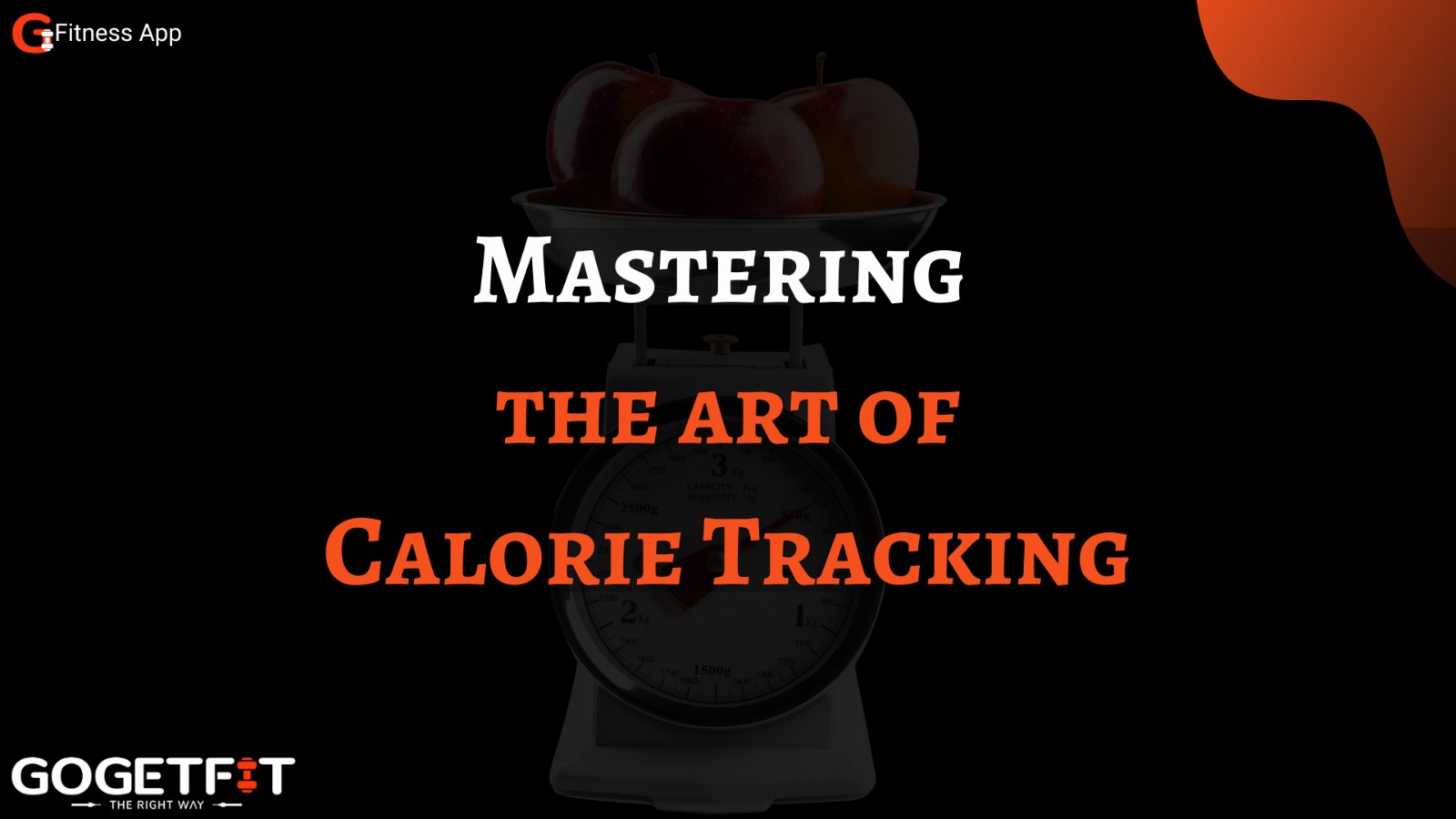
Avoiding Common Pitfalls for Fitness Success
Accurate calorie tracking is fundamental for reaching your fitness goals, whether you’re aiming for fat loss, muscle gain, or maintaining a healthy weight. Unfortunately, many of us fall into common tracking mistakes that can hinder progress. Here’s a comprehensive guide to help you spot and fix these tracking pitfalls, setting you on the path to success.
While estimating portion sizes by eye may seem convenient, it’s often inaccurate. Small miscalculations can add up over time, leading to unexpected calorie surpluses or deficits. For true precision, rely on a kitchen scale to weigh your meals.
Pro Tip: Use a digital scale for consistent accuracy, especially when tracking high-calorie foods like nuts and grains.
Using household utensils like bowls and spoons to measure food can be misleading. Serving sizes vary, and a “spoonful” can range significantly depending on the utensil. Switch to using a scale for grams and ounces to achieve accurate tracking.
Pro Tip: Invest in a quality kitchen scale to replace measuring cups and spoons for all solid foods.
Many people skip tracking vegetable calories, thinking they’re negligible. However, these add up, especially when consuming larger quantities. For instance, 300g of mixed veggies can contribute nearly 200 calories to your daily intake—something you don’t want to overlook.
Pro Tip: Include vegetables in your calorie count to maintain an accurate overall intake.
Cooking oils are one of the sneakiest sources of extra calories. A single tablespoon of oil contains around 120 calories, which adds up quickly if you’re not measuring it. Regularly tracking your oil usage—or choosing low-calorie alternatives—can make a big difference in your progress.
Pro Tip: Measure oil by the teaspoon or use a low-calorie spray to keep these “hidden” calories in check.
Sugar and cream in coffee might seem trivial, but if you’re having multiple cups a day, the calories can add up. Each serving of cream and sugar could contribute an additional 70-80 calories.
Pro Tip: Track each add-in or consider swapping to sugar-free or low-calorie creamers.
Dips and sauces, though small in portion, often come with a high calorie count. Condiments like salad dressings and sauces can add an unexpected 150–300 calories, impacting your daily intake.
Pro Tip: Opt for low-calorie dressings or use a limited amount. Measuring out sauces with a spoon ensures you’re aware of each calorie.
Tracking isn’t just about logging numbers; it’s a skill that requires practice. Even seasoned fitness enthusiasts find it helpful to review and refine their tracking habits regularly. If progress has stalled, chances are some overlooked details are creeping in.
Pro Tip: Be mindful of tracking each component in your diet, and revisit your measurements and portion sizes periodically to stay on track.
Tracking calories may seem tedious at first, but with practice, it becomes second nature. Remember, achieving your fitness goals isn’t just about hitting the gym; it’s also about knowing what goes into your body. By mastering these tracking techniques, you’ll stay on course, avoid setbacks, and unlock the full potential of your fitness journey.
Ready to take control of your nutrition and fitness? Join GOGETFIT today and learn the skills you need to track your way to success!